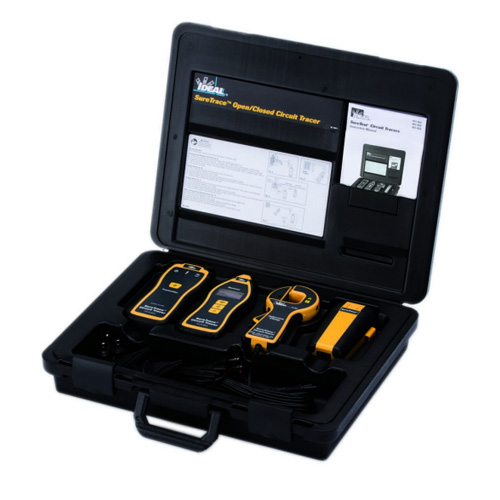
Only a few decades ago, if you knew how to use a multimeter, you were probably an electronics technician or an engineer. But, today, the handy test equipment known as a digital multimeter should be in the toolbox of every handy person. The multimeter is great for determining the working status of many appliances. Multimeters are available in either digital or analog models. Digital multimeters will display readings in numbers. Analog multimeters indicate the value with a needle over a scale.
Have you ever wondered why a light doesn't turn on? If it is not the light bulb, could it instead be an issue with the lamp cord? This is one simple example of where a digital multimeter could come in handy.
A useful function of a multimeter is the resistance, or “continuity” test function. To avoid the chance of electrical shock, it is important to never use the continuity test function on any appliance that has live voltage connected; and to always make sure the appliance is first not connected to any power source.
Now with the power disconnected, set the multimeter dial to Resistance (Ohms). Touch the two test probes together (one is Red “positive”, the other is Black “negative”). The OHM meter reading will indicate zero resistance. When there is zero resistance, you have continuity. A reading of zero indicates the circuit is closed and the circuit can conduct current. Now for an easy first test: take a standard lightbulb out of a lamp socket. Touch one test probe to the bottom of the lightbulb and touch the other test probe to the threaded side of the lightbulb socket. If you read continuity — or zero resistance — the lightbulb works. If the meter does not indicate continuity, then you know the lightbulb interior filament is broken (current cannot pass through). The same test can be performed on two ends of a simple electrical cord. If the meter does not indicate continuity, then there is a break in the circuit — and the cord is probably cut. Remember to never test the continuity of any cord or appliance with the power on. Always first disconnect any power or current source.
To test a switch, place a test probe on each side (pole) of the switch. When you move the switch from the off to on position, the multimeter reading should change from zero to infinity. If not, then the switch is not working properly. To test a motor, touch a test probe to each pole. Again, a reading of zero indicates that the motor has continuity, current can pass through, and the motor windings are good.
After carefully studying the instructions of the digital multimeter, you will be able to move on to more detailed electrical tests. A multimeter can measure alternating current (AC or household current) or direct current (DC or battery current) in a live circuit. It can also check voltage. A multimeter can test 120 volts AC in a home circuit — or it can test DC batteries to learn if they are weak or fully charged.
Take the time now to learn how to properly use a basic multimeter. You will be glad you did, when someday you are able to quickly resolve the cause of an everyday electrical problem.
Shopping for electrical testers? Explore CableOrganizer® for our complete selection of digital multimeters, analog multimeters, circuit tracers and testers, low and high voltage testers, clamp meters, specialty test equipment, receptacle testers, and energy cost meters.


